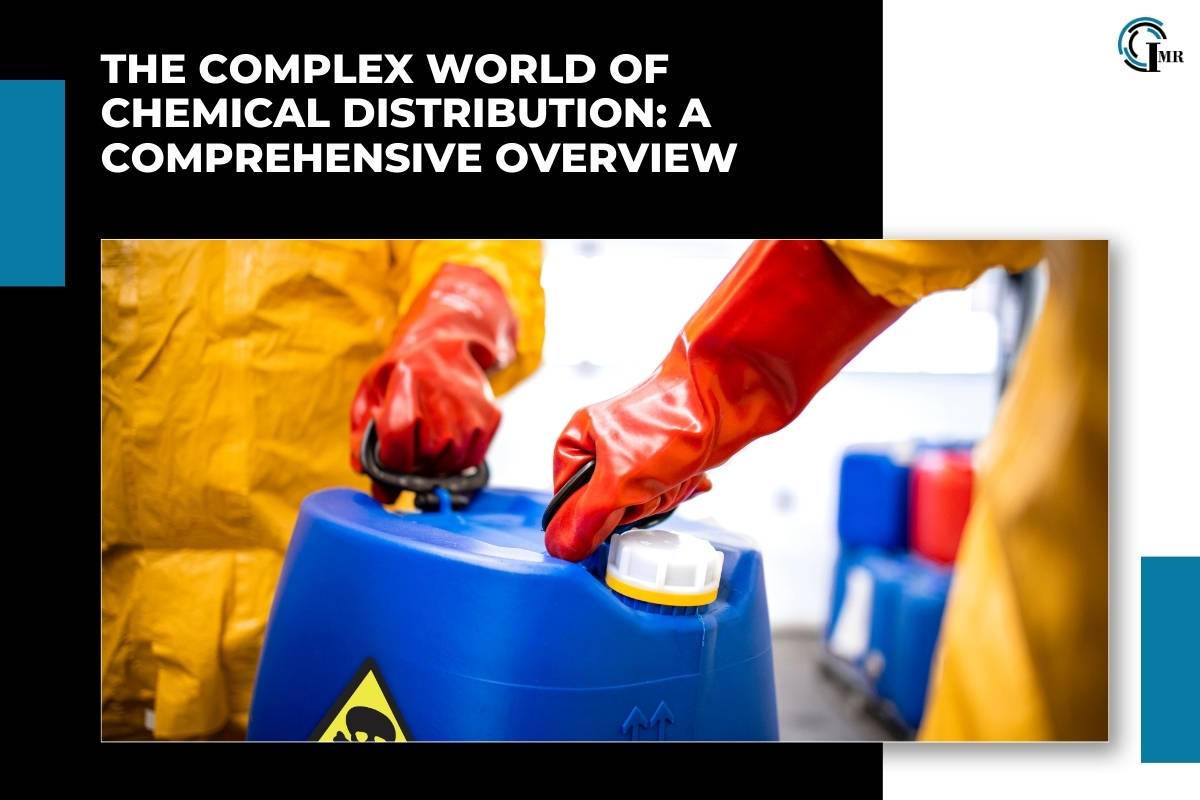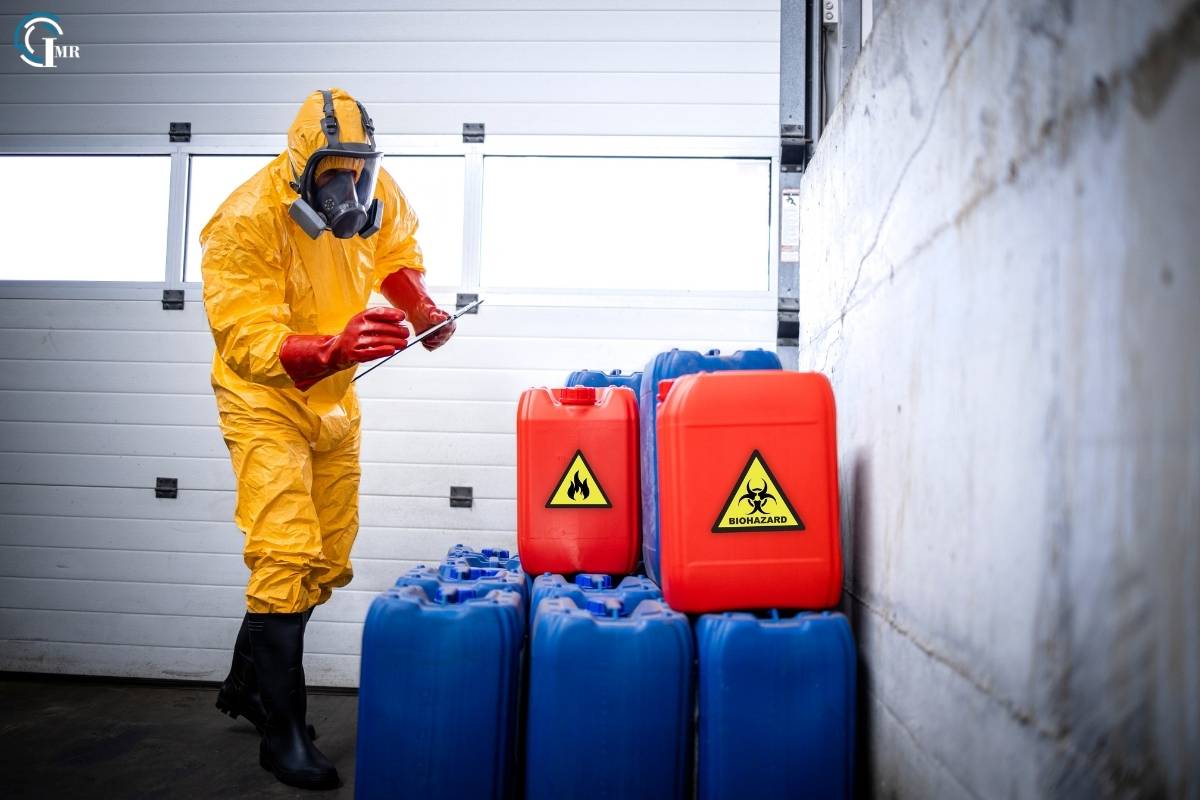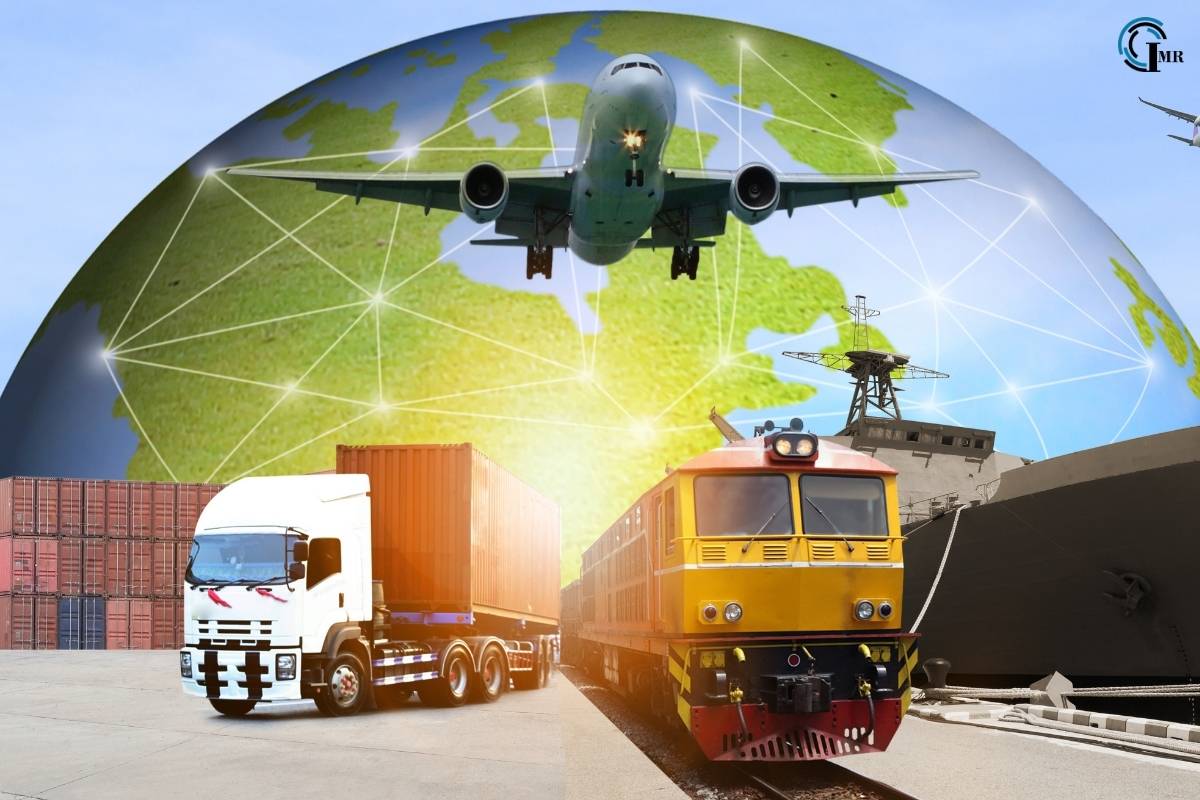The Complex World Of Chemical Distribution: A Comprehensive Overview

Chemical distribution is an integral part of the global chemical industry, facilitating the flow of chemicals from manufacturers to various end-users. It encompasses a wide range of activities, including storage, transportation, repackaging, and marketing of chemicals. This article delves into the multifaceted nature of chemical distribution, examining its key components, challenges, and trends shaping the industry.
The Role of Chemical Distributors
Chemical distributors serve as intermediaries between chemical producers and consumers, playing a critical role in ensuring the availability of chemicals for various industrial applications. They offer several value-added services, such as:
- Logistics and Supply Chain Management: Distributors manage the transportation and storage of chemicals, ensuring timely delivery to customers while complying with safety and regulatory standards.
- Technical Support and Consultancy: They provide technical assistance to customers, helping them select the appropriate chemicals for their needs and advising on safe handling practices.
- Regulatory Compliance: Distributors ensure that chemicals are handled, stored, and transported in accordance with local and international regulations, thereby mitigating risks associated with non-compliance.
- Market Access: They enable small and medium-sized manufacturers to access a wider market by leveraging their extensive distribution networks.
Key Components of Chemical Distribution

Chemical distribution involves several critical components that ensure the efficient and safe handling of chemicals:
a. Warehousing and Storage
The storage of chemicals requires specialized facilities designed to handle hazardous materials safely. Warehouses must be equipped with appropriate ventilation, fire suppression systems, and containment measures to prevent leaks and spills. Temperature and humidity control are also crucial for maintaining the stability of certain chemicals.
b. Transportation
Transporting chemicals poses significant challenges due to the potential hazards associated with their movement. Chemical distributors utilize various modes of transportation, including road, rail, sea, and air, depending on the nature of the chemicals and the distance to be covered. Specialized vehicles and containers are used to ensure the safe and secure transportation of chemicals.
c. Repackaging and Blending
Distributors often engage in repackaging chemicals into smaller quantities or blending different chemicals to meet specific customer requirements. This process requires strict adherence to safety protocols to prevent contamination and ensure the integrity of the chemicals.
d. Inventory Management
Effective inventory management is essential for ensuring the availability of chemicals while minimizing storage costs and reducing the risk of obsolescence. Distributors use advanced inventory management systems to track stock levels, manage orders, and forecast demand.
Challenges in Chemical Distribution
The chemical distribution industry faces several challenges that impact its operations and profitability:
a. Regulatory Compliance
Chemical distributors must navigate a complex web of regulations governing the handling, storage, transportation, and disposal of chemicals. Compliance with these regulations is essential to avoid legal penalties and ensure the safety of workers and the environment. However, the ever-changing regulatory landscape can make it difficult for distributors to stay abreast of new requirements.
b. Safety and Risk Management
The hazardous nature of many chemicals necessitates stringent safety measures to protect workers, communities, and the environment. Distributors must implement robust risk management practices, including regular safety training, emergency response planning, and continuous monitoring of safety protocols.
c. Market Volatility
The chemical industry is subject to fluctuations in demand and pricing, influenced by factors such as economic cycles, geopolitical events, and changes in consumer preferences. Distributors must be agile and adaptable to navigate these market dynamics while maintaining profitability.
d. Supply Chain Disruptions
Global supply chains are susceptible to disruptions caused by natural disasters, political instability, and transportation issues. Such disruptions can lead to delays in the delivery of chemicals, impacting the operations of end-users. Distributors need to have contingency plans in place to mitigate the effects of supply chain disruptions.
Trends Shaping the Chemical Distribution Industry

Several trends are shaping the future of chemical distribution, driven by technological advancements, changing consumer expectations, and environmental concerns:
a. Digital Transformation
The adoption of digital technologies is transforming the chemical distribution industry, enabling greater efficiency and transparency. Distributors are leveraging digital tools such as block chain, Internet of Things (IoT), and artificial intelligence (AI) to enhance supply chain visibility, optimize inventory management, and improve customer service. E-commerce platforms are also becoming increasingly important for reaching a broader customer base and facilitating seamless transactions.
b. Sustainability and Green Chemistry
Environmental sustainability is becoming a key priority for the chemical industry, driven by regulatory pressures and growing consumer awareness. Chemical distributors are embracing green chemistry principles, promoting the use of environmentally friendly chemicals, and implementing sustainable practices in their operations. This includes reducing carbon emissions, minimizing waste, and enhancing the recyclability of packaging materials.
c. Globalization and Localization

While globalization has expanded the reach of chemical distributors, there is also a growing emphasis on localization to better serve regional markets. Distributors are establishing local hubs and partnerships to provide tailored solutions that meet the specific needs of customers in different geographic regions. This approach enhances responsiveness and reduces the risks associated with long supply chains.
d. Enhanced Safety and Compliance Measures
Advances in safety technologies and regulatory frameworks are driving improvements in the handling and distribution of chemicals. Distributors are investing in state-of-the-art safety equipment, adopting best practices for hazard communication, and enhancing training programs for employees. Additionally, the implementation of advanced tracking systems enables better monitoring of chemical shipments and ensures compliance with safety standards.
Conclusion
The chemical distribution industry plays a pivotal role in the global economy, ensuring the availability of essential chemicals for a wide range of industrial applications. Despite the challenges it faces, the industry is poised for growth, driven by technological advancements, increasing demand for sustainable solutions, and the evolving needs of customers. By embracing innovation, enhancing safety measures, and prioritizing regulatory compliance, chemical distributors can navigate the complexities of the industry and continue to deliver value to their stakeholders.
As the industry evolves, collaboration among manufacturers, distributors, regulators, and end-users will be crucial for addressing emerging challenges and capitalizing on new opportunities. The future of chemical distribution lies in its ability to adapt to changing market dynamics, leverage digital technologies, and promote sustainable practices, ensuring a resilient and prosperous industry for years to come.





Comments